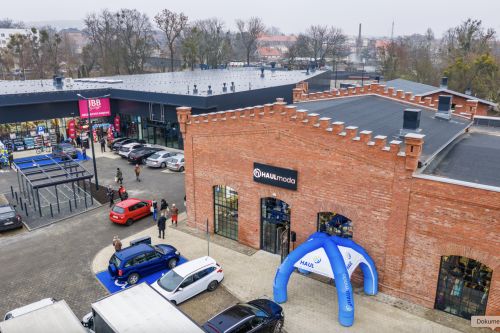One of the reasons for this is because these markets have less exposure to the tourism industry, but the main reason is the fact that all the countries of the region were in a relatively healthy economic condition when the pandemic started. Their healthy macroeconomic fundamentals mean that they can look to the future with guarded optimism.
CEE economy remains healthy
Firstly, they mostly have low public debt levels of under 50 pct – except for Hungary, where the public debt is over 70 pct. This allows them to be more generous with their support programmes, by offering either low interest loans that can be partially written off or direct subsidies without repayment. Secondly, these countries each have the advantage of a stable banking sector with high capital reserves (which means low risk) and high rates of return (unlike in Western Europe). As a result the banks will be able to absorb the shock caused by the economic changes. Thirdly, CEE countries were also lucky because the































































